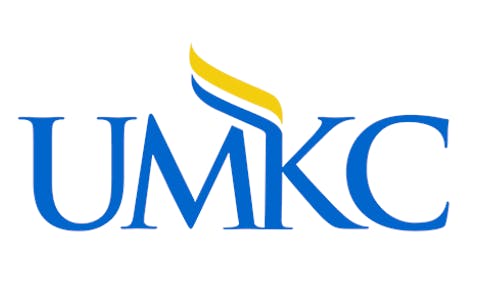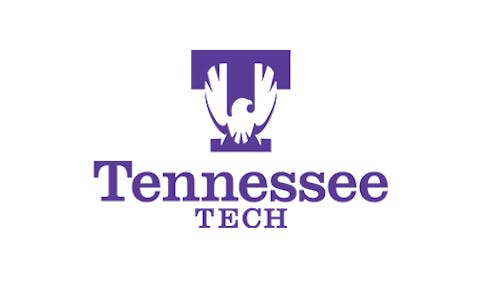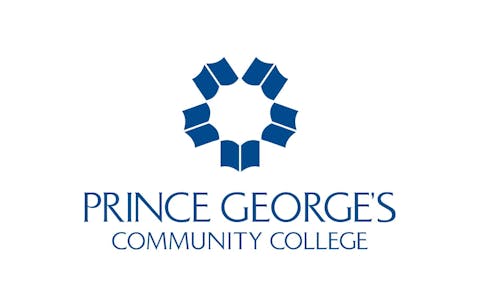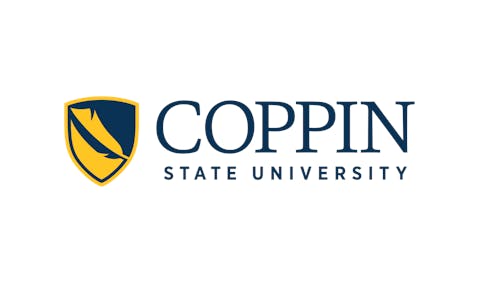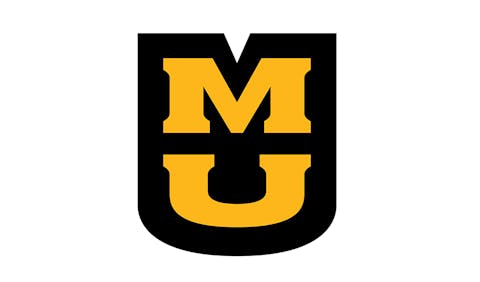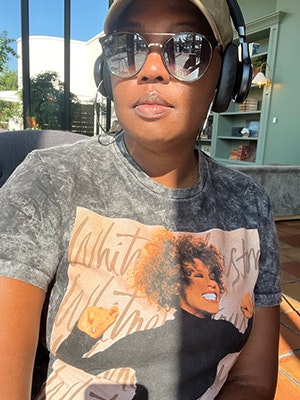For the first time in the 100-year history of what many consider
the most elite technical university in the world, the California
Institute of Technology has granted tenure to an African American.
With apparently little fanfare, Dr. Stephen Leon Mayo was granted
tenure this past spring. First appointed assistant professor of biology
at the institute in 1992, his work is in the relatively new field of
structural biology. Mayo is attempting to understand biological
phenomena by looking at proteins (DNA, RNA) in three dimensions. His
special contribution to the field is the use of computer modeling to
build and test molecules.
Mayo not only worked hard to achieve his goal, but his timing was
perfect, with proof of his novel approach coming just in time for his
tenure review. Asked what makes his work stand out, he says: “It’s
interdisciplinary, `out there’, and quantitative, so it fits into
Caltech’s view of science.”
Chantal Morgan, one of the graduate students under Mayo’s
supervision, describes what makes working with Mayo an exceptional
experience: “He’s young, easy to relate to, and smart. The big deal
about this lab is that the students come from different disciplines,
and we use both computation and experiments in our `design cycle.'”
While Mayo’s achievement is to be lauded, there are doubts that his
appointment signals a change of heart at an institution noted for its
faculty’s profound lack of interest in cultural diversity.
Dr. Jim Bower, professor of biology at Caltech, is unsparing in his assessment of Mayo’s appointment.
“The baseline interest at Caltech in [multicultural diversity] is
zero. I’m very happy that Steve Mayo is on the faculty, but the thing
you need to know about Steve is that he’s the kind of Black male
[people who are uncomfortable with diversity] don’t mind having around
here. He’s not outside the [anglo, male] cultural envelope.”
Bower is co-director of the Caltech Pre-College Science Initiative,
and one of a handful of faculty involved in diversity issues. The
initiative seeks to improve science education in the underfunded,
heavily minority school district in the city of Pasadena, where Caltech
is located.
“At Caltech, diversity means the collections of its programs,”
Bower says. “At a faculty meeting a few years hack, someone said, `I
don’t understand this diversity thing. We already have diversity–we
have physicists, chemists, and biologists.’ The only thing that has
changed with Steve’s appointment is that the photographs we take are
different.”
While biology postgraduate student Tracy Johnson isn’t as blunt,
she generally concurs that the appointment doesn’t mean attitudes have
changed.
“When his appointment came through, there was no mention of him
being Black in the weekly Caltech paper. People are excited about him,
period. He is exceptional–people worship him, he is so hardcore. Steve
has tried very hard to not make [being Black] an issue, but I don’t
think you can be Black and have that not be an issue.”
Throughout his academic career, Mayo has deliberately distanced himself from diversity and minority-inclusion issues.
“I would like for [his appointment] to be a bigger deal, so that
people can see that you can overcome,” Johnson adds. “Steve is very,
very savvy. I think he could do a lot of good.”
Dr. Arthur Walker, a professor of physics at Stanford University,
points out that while some people may expect more from people like
Mayo, the university is the one that ultimately must be held
accountable for its diversity efforts.
“Personally, I would never criticize any individual who is keeping
his nose to the grindstone,” he says. “If a person is on a tenure
track, they should devote all of their time to meeting the criteria for
appointment … No Black professor at a majority institution is
invisible. As the only Black at Caltech [Mayo] is even more visible.
“The most important thing is to determine what is the institution’s
intention on these issues. My impression, from the outside, is that
Caltech has never made a priority of looking for Black faculty.”
Mayo was born in San Antonio, Texas, in 1961. His mother was a
runway model before her marriage, and his father made his career in the
Army. The family traveled from military post to post for several years,
but settled down in rural Pennsylvania by the time young Mayo reached
high school, so that his studies were not disrupted. Mayo’s two
brothers also hold college degrees.
The young professor credits his father for fostering his early
interest in science. It also was is father’s refusal to pay for his
college education that spurred Mayo to develop excellent skills in
coaxing money from institutions–not only for his education (starting
as an undergraduate at Penn State University), but also for business
ventures.
“My father put himself through college, getting both a B.A. and
M.A. from Rutgers. So, he thought I should do the same thing. The first
scholarship I got from a local gas company limited my choices of
schools, and while it was a lot of money, it wasn’t a full ride.
Eventually I got enough money so I could stay on campus, work in a lab,
and stay focused.”
While an undergraduate, Mayo also started a software company using
a molecular modeling program he had written. The company eventually
grew to about 300 employees and recently sold for $150 million.
On reflection, Mayo has this to say about his decision not to be
involved in actively expanding opportunities for minorities in science:
“Expecting me to be a role model is a legitimate desire. A vice
president at the gas company that gave me my first scholarship wanted
me to take a pro-active role, but I thought it would have interfered
with good science. To me, getting my work done was more important. That
in itself would be sending a signal. Everyone is better served by my
being a success. That is the thing that would say anyone can do it.”
Although it is has been several months since he gained tenure, Mayo still steers clear of minority issues.
“Theoretically, you’re safe once you have tenure, but the reality
is that you have to live in this community, and it can be very harsh
for those who take opposing views,” Bower says.
While Mayo may keep his distance, he doesn’t seem to discourage
others’ participation. For example, graduate student Morgan is also a
member of the Vice President’s Academic Committee on Diversity and
Minority Affairs. “Staying involved in minority issues is difficult to
do,” she says. “However, diversity is essential for the survival of
science. It’s an ethical question. Can only a few minds be making
crucial decisions for the entire human race? The interests of women and
minorities have yet to be addressed.”
COPYRIGHT 1998 Cox, Matthews & Associates
© Copyright 2005 by DiverseEducation.com











